Future-Proofing Conservation
In engineering circles, the concept of safety factors has been evolving for a couple millennia. A rock pyramid, whether in Egypt or Guatemala, is a solid design that is quite stable even though built in earthquake country. One of the biggest threats to the Roman aqueducts has not been strength but later civilizations mining them for readily available building materials.
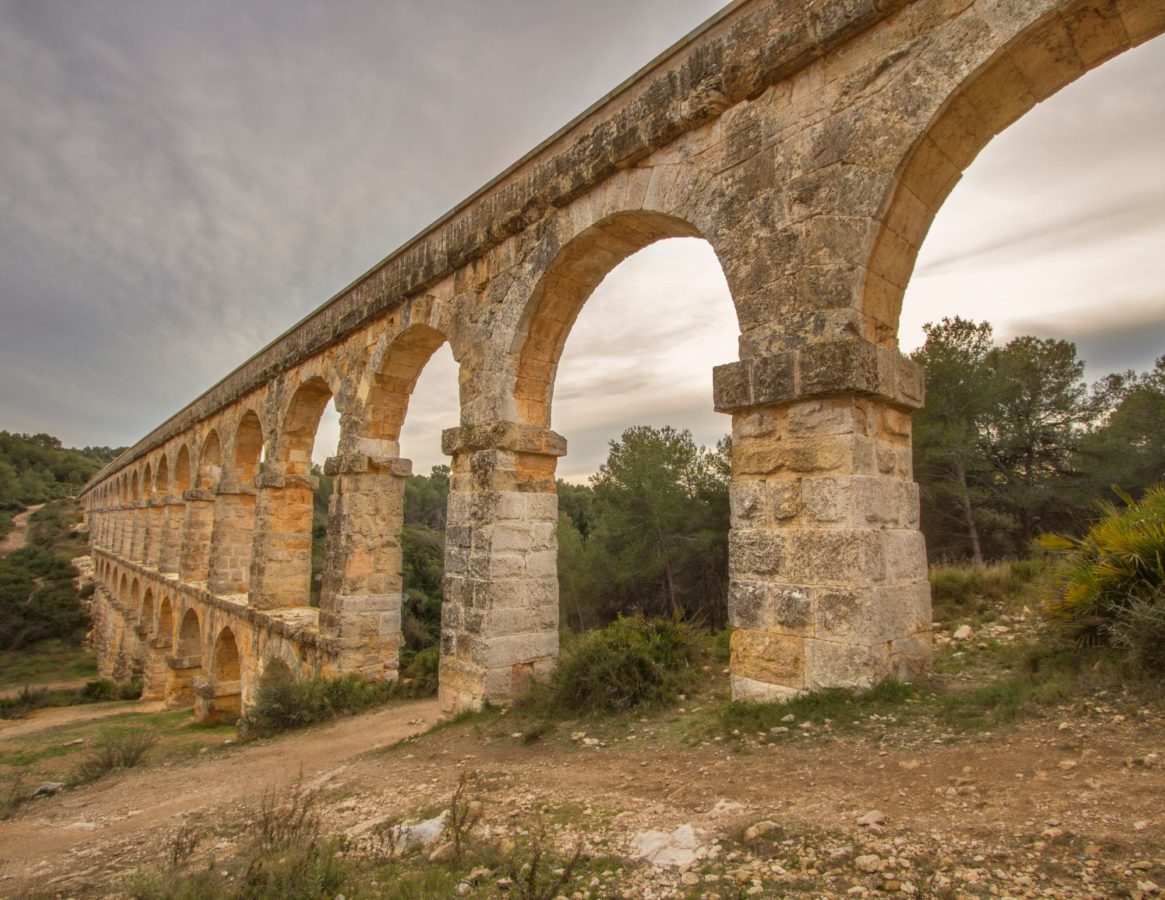
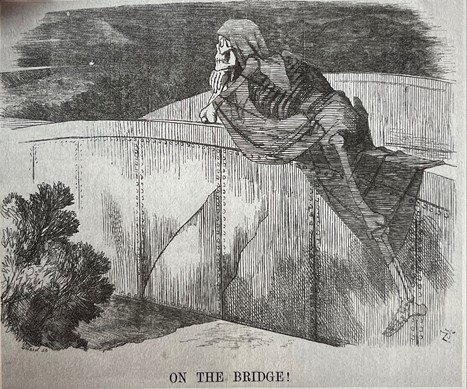
In the 1800s, Britain grew a rather elaborate railroad system that included cast iron bridges. Cast iron is a fickle product and as trains grew heavier the number of bridge failures increased. One estimate from late in that century was nearly one in four existing railroad bridges was destined to fail. Just which ones however was unknown.
Wrought iron and steel are more uniform products and their strength can be estimated before they are manufactured based on previous tests of the same product line. Thus as steel replaced cast iron, it became practical to assign a numerical safety factor to bridge design while it was still just on the drawing board. Today a conservative engineer might imagine a worst case scenario in which her bridge is loaded with semis bumper to bumper during the worst sleet storm known for that area. If the resulting load right at failure is assigned the number 1.0, she might design the structure to have a strength of 2 or 3 and not drive up the cost too much.
Over time, safety factors have evolved into future-proofing with engineers attempting to also design for future conditions that are more difficult to quantify with simple numbers.
For example: if the county is starting to use a lot of salt on the roads and bridges in winter, the rusting of steel becomes more of a problem. If an oilfield is being developed nearby, will earthquake activity accompany it? If climate change brings bigger floods, will floating trees or houses jam in against the bridge spandrels and put more pressure on the structure?
Conservation, preservation and/or restoration projects are also expected to last a long time in spite of adversity. What can we do to future-proof them? Some suggestions:
1. Simple regular maintenance is absolutely necessary especially controlling invasive species and erosion.
2. Maintain diversity; restore it closer to the original ecosystem if practical. This is especially important for plants because they are at the bottom of the food chain for animals.
3. Recognize that ecosystems evolve. In the future there will be more accidents like chestnut blight, Dutch elm disease and emerald ash borer infestations. Another reason to maintain diversity. Note that none of these blighted species have actually gone extinct and I’m reasonably confident that some of the survivors have improved resistance, and after multiple generations might gradually grow their way back into the abundant role they once had.
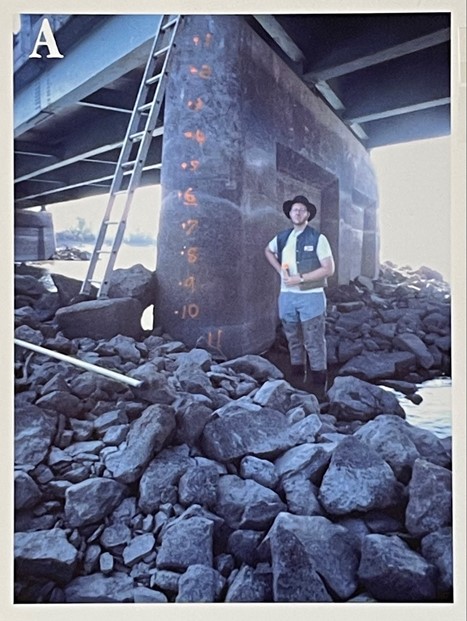
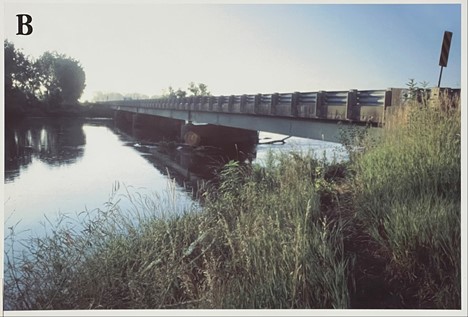
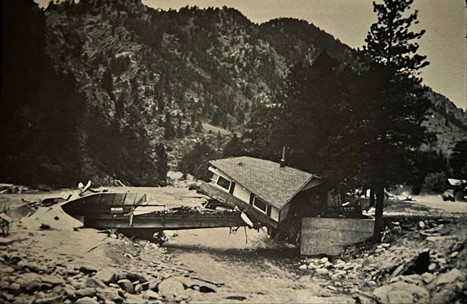
Bur Oak Land Trust’s role is saving most of the pieces of the original ecosystems even if they are not exactly the same as they were in 1800. Or in some cases like a prairie planting, the role is recreating the original from bare dirt and seed.
4. Here in the Corn Belt, insecticide and herbicide drift from crop spraying operations, especially by aircraft, is a serious conservation issue. Try to put the most effort into maintaining and restoring properties with a deep buffer from cropland. See my note Silent Spring Returning for a local buffer example.
5. Tomorrow’s future is today’s children. For some suggestions regarding activities with children, see my “Nothing to Do?” series:
- How About Some Nature Art?
- Press Some Plants
- Design a Species
- Make a Veggiman and Friends
- Try Nature Bingo
- Learn Animal Tracks
- Try Building a Bird Nest
- How About a Nature-Based Scavenger Hunt?
- Make Some Fishing Lures
- The Adventures of Captain Pebble
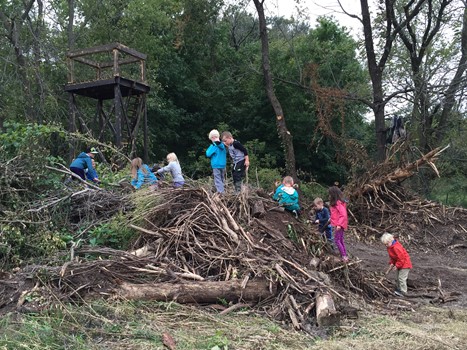
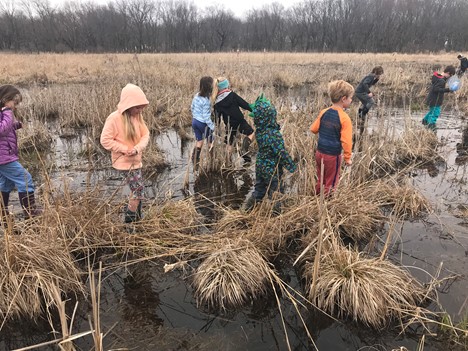
6. There are other dimensions to successfully future-proofing conservation, preservation, and/or restoration via a Trust, including financial, legal, marketing, leadership, membership, etc. Other members of the Trust are more qualified to address these components.


